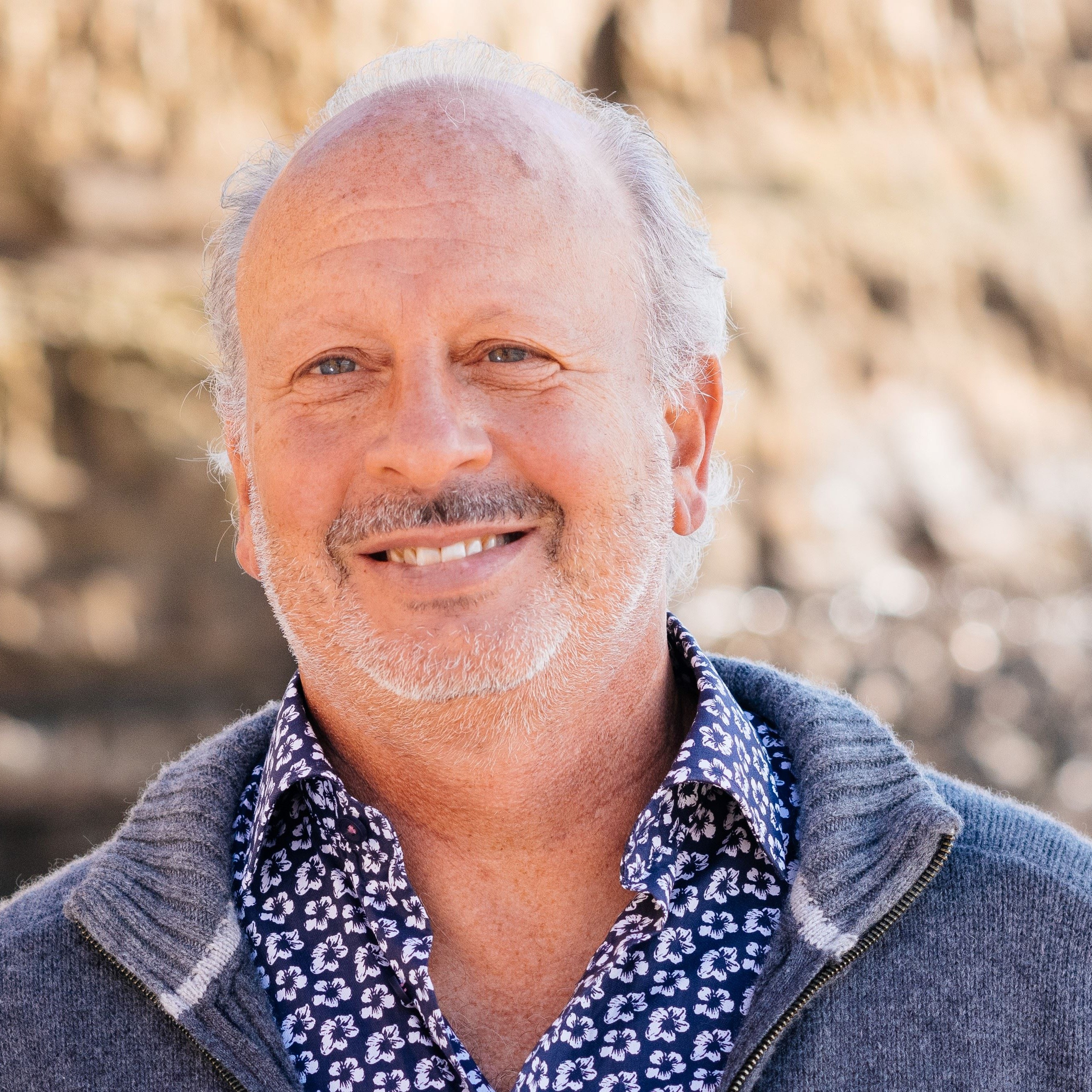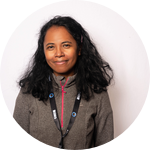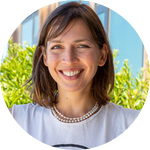About This Project
Observational assessments are a common tool for evaluating biodiversity richness, but they are costly and time-consuming. Their pertinence can also be limited by several factors, such as the accessibility of sampling areas or the quality of photographs and specimens. This project aims to use digital and molecular tools to 1) catalyze the development of next-generation biodiversity monitoring strategies for a comprehensive inventory and 2) expand environmental awareness in Black communities.
Ask the Scientists
Join The DiscussionWhat is the context of this research?
In 2017, the California Academy of Sciences (CAS) Citizen Science team intensively surveyed the biotic communities on the Pillar Point headland California beach. The study surveyed the Pillar Point unprotected tidepool as well as the State Marine Conservation Area (SMCA) created in 2009 to assess how biologically different these areas are. The study found little overlap between eDNA and photographs, with eDNA covering lower trophic, but also that the unprotected tidepool and the SMCA looked identical based on eDNA. This project aims to update the data collected in 2017 and test if the SMCA is now different from the unprotected tidepool in terms of biodiversity richness after 7 years of protection, using the same method of comparing eDNA results to human observation records.
What is the significance of this project?
The results of this project could demonstrate that eDNA may be useful for finding proxies for diversity in sites that are difficult to monitor with photographs and better inform ecosystem management. Effectively, systematic collection of eDNA can describe differences in spatial and temporal biodiversity variation of the Pillar Point beach, and provides a rich view of the community ecological network, including holobiomes. The two-period data comparison can demonstrate the effectiveness of the SCMA in conserving biodiversity after 7 years of protection. The project will share the experiments and data with the public through interactive web pages of CALeDNA and Black in Marine Science TV so that it can expand the number of eDNA adopters in California and beyond.
What are the goals of the project?
This project aims to 1) empower community science efforts of the CALeDNA program and the nonprofit Black in Marine Science and 2) inform ecosystem management about species biodiversity richness in the Pillar Point State Marine Conservation Area through an innovative biodiversity monitoring practice. Through the analysis of eDNA metabarcoding, we will inform the overlap with human observation and fill the information gaps on biodiversity richness resulting from taxon and visitation bias. With community empowerment as the goal, the project will be paired with interactive web pages and BIMS TV for the public, who are potential eDNA adopters, to explore.
Budget
This budget will help us conduct the surveys and give travel support to the participants. We plan to have 05 scientists who are members of the BIMS on the West Coast, as well as several students from UCSC CaleDNA Lab who will collect the samples in Pillar Point.
To generate the Pillar Point data with CALeDNA lab, we will buy the materials needed for the sample collections ($125 each for 4 markers, 56 samples). We will extract 56 triplicate sediment samples with the Qiagen DNEasy Powersoil Kit, for triplicate library PCRs for each of four metabarcoding markers: MiFish 12S U, CO1, 18S, and 16S, normalize and index libraries and submit for sequencing to 75000 reads per marker per sample on a NextSeq 2000 2x300bp run.
Finally, we plan to purchase a digital waterproof camera and its housing to take pictures during the experiment and produce the bioblitz videos for BIMS TV and the interactive web pages.
Endorsed by
 Project Timeline
Project Timeline
We will host bioblitzes over the course of seven days in June 2024. We will make libraries for four metabarcodes from the samples and they will get sequenced at the end of July 2024. Then, we will analyze sequences and upload them to the publicly-available CALeDNA websites. We envision generating science communication material by October 2024 and having a draft manuscript by December 2024. This timeline and the combined team effort will ensure deliverables are met in a timely manner.
May 14, 2024
Project Launched
Jun 30, 2024
Bioblitz video
Sep 30, 2024
Data online for the public
Oct 31, 2024
Short videos or storybook online for BIMS members and public
Dec 31, 2024
Project analyses submitted for publication
Meet the Team
Affiliates
Team Bio
The team will be led by Ando Rabearisoa in collaboration with 1) Dr. Camille Gaynus, who is a marine ecologist and the Chief Science Officer at Black in Marine Science, and 2) Dr Rachel Meyer, who is an associate adjunct professor at the University of California Santa Cruz, and the Chief Scientific Officer of eDNA Explorer.
Ando Rabearisoa
I’m a conservationist working on marine ecosystem conservation. I specialize in studying the involvement of local communities in the design and implementation of marine conservation efforts through the system of Locally Managed Marine Areas in Madagascar. I’m currently a Ph.D. Student in Ecology and Evolutionary Biology at the University of California Santa Cruz (UCSC) with a Designated Emphasis in Coastal Science and Policy. I have a Master’s Degree in Environmental Economics from the University of Antananarivo, Madagascar. I worked for Conservation International for ten (10) years, where I was in charge of managing the Marine Conservation Program and the development of Marine Policy in Madagascar. I’m an award-winner with publications in top journals such as Nature, Science, or PNAS. I commit to finding integrated solutions to achieve a social development that promotes natural resources management and conservation. I’m a passionate practitioner and highly engaged researcher, convinced that an economic system respectful of social and conservation issues is the key solution for sustainable development in developing countries.
Rachel Meyer
Dr Rachel Meyer is an associate adjunct professor at the University of California Santa Cruz, and the Chief Scientific Officer of eDNA Explorer. She helped start and currently directs the CALeDNA program at the University of California that runs citizen and community science grassroots eDNA research projects and an eDNA service lab for the National Park Service and other practitioners. The eDNA Explorer is a company she spun out of a CALeDNA grant to make eDNA informatics accessible for everybody. She also runs workshops on science policy such as on bioethics and the Nagoya Protocol. Her interest in molecular ecology and biodiversity science stemmed from studying plant evolution and ethnoecology. She obtained her PhD from the City University of New York and New York Botanical Garden in 2012, did an NSF Plant Genome Postdoctoral Fellowship at the NYU Center for Genomics and Systems Biology, and then a AAAS Science and Technology based at NSF working on the Dimensions of Biodiversity program. She joined the UC Conservation Genomics Consortium as the Executive Director in 2016, which launched CALeDNA. Now at UCSC as a PI in the Paleogenomics Laboratory, she expanded CALeDNA to have international reach, with applications-focused projects in Rwanda and South Africa, focusing on using ancient DNA to guide rewilding and on integrating eDNA with remote sensing data to improve NASA biomonitoring from space.
Camille Gaynus
Currently, I am the Chief Science Officer at, Black in Marine Science (BIMS). Being able to combine my passion of the ocean without having to leave any aspects of my Blackness behind is a dream not afforded to many Black people. Through my position, have helped secure over $3+ million and currently manage programs, mainly in the Chesapeake Bay that link Black communities with their coastal communities while exposing them to environmental DNA (eDNA). I am also the PI on the Tidal Wave program, which brings Black scholars of all generations (high school to retirees) from all over the globe to ocean science conferences while providing them professional development skills to elevate their conservation works. Through my position at BIMS, I plan to continue expanding and amplifying the work and connection Black communities have with our oceans.
“Those who cannot forget the past are destined to remix it” -Evie Shockley
Additional Information
Link for additional informaltion about the eDNA project in Pillar Point:
https://data.ucedna.com/research_projects/pillar-point/pages/intro
https://www.inaturalist.org/pr...
Project Backers
- 2Backers
- 100%Funded
- $10,005Total Donations
- $5,002.50Average Donation




